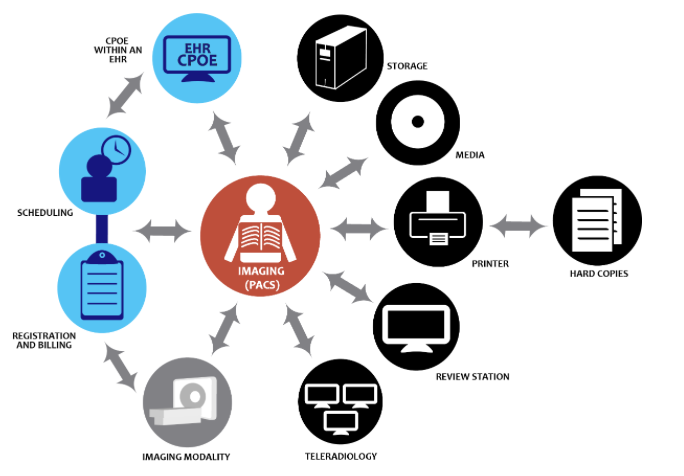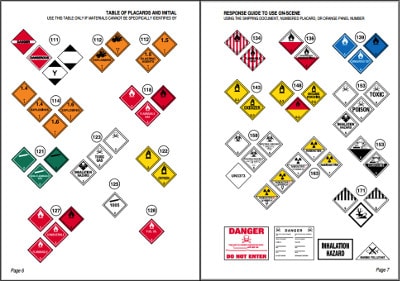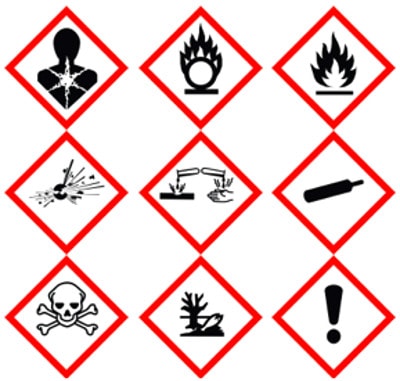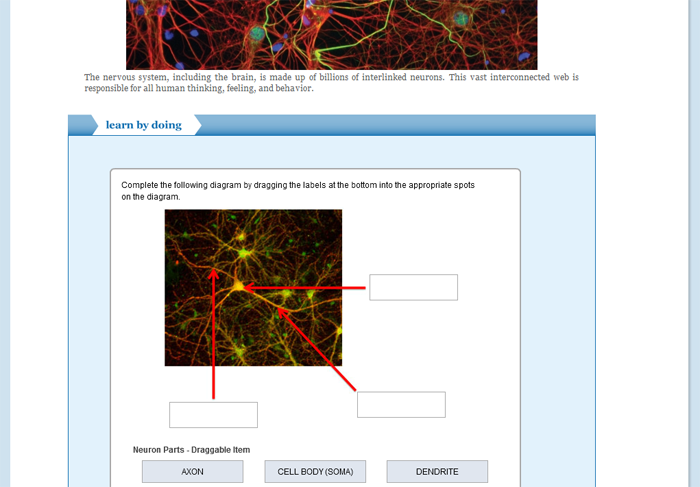Learning objectives by module
Unit 2: Healthcare Environment
- Module 3: Healthcare Delivery Organizations
- Describe the administrative and functional organization of entities that deliver healthcare in the United States in both inpatient and outpatient settings.
- Describe the roles of and customers served by various types of healthcare organizations.
- Describe the services provided to unique populations, including underserved populations.
- Explain how healthcare organizations interact with each other and with patients to provide appropriate levels of care.
- Explain how Healthy People 2020 advances health promotion and disease prevention.
- Explain public health and how it has improved healthcare.
- Explain the basic characteristics and organization of the US healthcare delivery system.
- Identify current and future trends in the US healthcare delivery system and their potential impact on healthcare organizations and populations served.
- Module 4: Healthcare Payment Systems
- Analyze factors responsible for escalating healthcare expenditures in the United States.
- Compare and contrast models of healthcare financing in the United States.
- Describe healthcare financing structures, including insurance plans, third-party payers, Medicare, and Medicaid.
- Describe the history and role of the health insurance industry in financing healthcare in the United States.
- Describe the main state and federal laws regulating US healthcare insurance organizations and discuss their impact on the healthcare system.
- Describe the trends in healthcare financing and their impact on various populations.
- Distinguish between public and private funding for healthcare.
- Explain a typical billing process and the use of coding and code sets.
- Identify different fee-for-service and episode-of-care reimbursement methodologies used by insurers in the claims payment process.
- Identify methods of controlling rising medical costs.
- Module 5: Roles of Healthcare Professionals
- Describe the changing roles of and interactions between health professionals.
- Describe the education, training, certification, licensure, and roles of nurses, advanced practice nurses, licensed practical nurses, medical assistants, and medication aides.
- Describe the education, training, certification, licensure, and roles of paramedics, emergency medical technicians, dental professionals, mental health professionals, and case managers and social workers.
- Describe the education, training, certification, licensure, and roles of physicians, including those in primary care and other specialties.
- Describe the primary roles of a health information management professional.
- Explain terms used in healthcare and in health professionals’ education and training, including clinician, patient, disease, and syndrome.
- Identify key elements of an effective job description.
- Module 6: Government Regulation
- Describe key components of the Health Insurance Portability and Accountability Act (HIPAA) and current issues of patient privacy and security in the United States.
- Describe legal aspects of medicine involving the Patient Protection and Affordable Care Act, professional standards in healthcare, and medical malpractice.
- Describe the provisions of the ARRA HITECH Act relative to Adoption of EHRs.
- Describe the provisions of the ARRA HITECH Act relative to meaningful use.
- Explain the roles of accreditation entities, regulatory bodies, and professional associations in healthcare in the United States.
Unit 3: Professionalism and Communication Skills
- Module 7: Business and Communication Ethics
- Describe how diversity in patient populations and healthcare providers impacts healthcare delivery and communication.
- Explain how ethics and standards impact the profession of health information technology.
- Explain the elements of project communication planning that contribute to a successful project.
- Explain the role of ethics in the healthcare environment.
- Module 8: Teams and Team Building
- Analyze team conflict and performance.
- Describe guidelines for building and leading teams.
- Describe the characteristics of successful teams.
- Describe the roles of teams in healthcare and the application of collaborative tools and techniques.
- Describe ways that HIT design can support or serve as a barrier to effective communication in teams.
- Explain the roles of teams in delivering quality healthcare services.
- Module 9: Professionalism and Customer Service
- Describe the different components of HIT customer service.
- Explain the use of metrics in HIT customer service.
- Explain strategies for ensuring positive, productive customer service interactions in an HIT environment.
- Identify ways to assist angry or difficult customers in a professional, productive manner.
- Describe strategies for clear, effective written communication.
Course outline
UNIT 1: Introduction and Learning Strategies
Module 1: Introduction to Course
Module 2: Learning Strategies
UNIT 2: Healthcare Environment
Module 3: Healthcare Delivery Organizations
Module 4: Healthcare Payment Systems
Module 5: Roles of Healthcare Professionals
Module 6: Government Regulation
UNIT 3: Professionalism and Communication Skills
Module 7: Business and Communication Ethics
Module 8: Teams and Team Building
Module 9: Professionalism and Customer Service
System requirements
OLI system requirements, regardless of course:
- internet access
- an operating system that supports the latest browser update
- the latest browser update (Chrome recommended; Firefox, Safari supported; Edge and Internet Explorer are supported but not recommended)
- pop-ups enabled
- cookies enabled
Some courses include exercises with exceptions to these requirements, such as technology that cannot be used on mobile devices.
This course’s system requirements:
- none listed (subject to change)







